By Rachel Marquell, Phi Epsilon/Ball State, Content Marketing Specialist for Chi Omega
In 1895, a time when women were just becoming visible on our nation’s university campuses, the University of Arkansas hosted 216 enrolled students, just 70 of whom were women. The Fraternity we know today that boasts 181 chapters nationwide and prides itself on cultivating a lifetime of purpose for over 375,000 Sisters was founded here. This is where our story began.
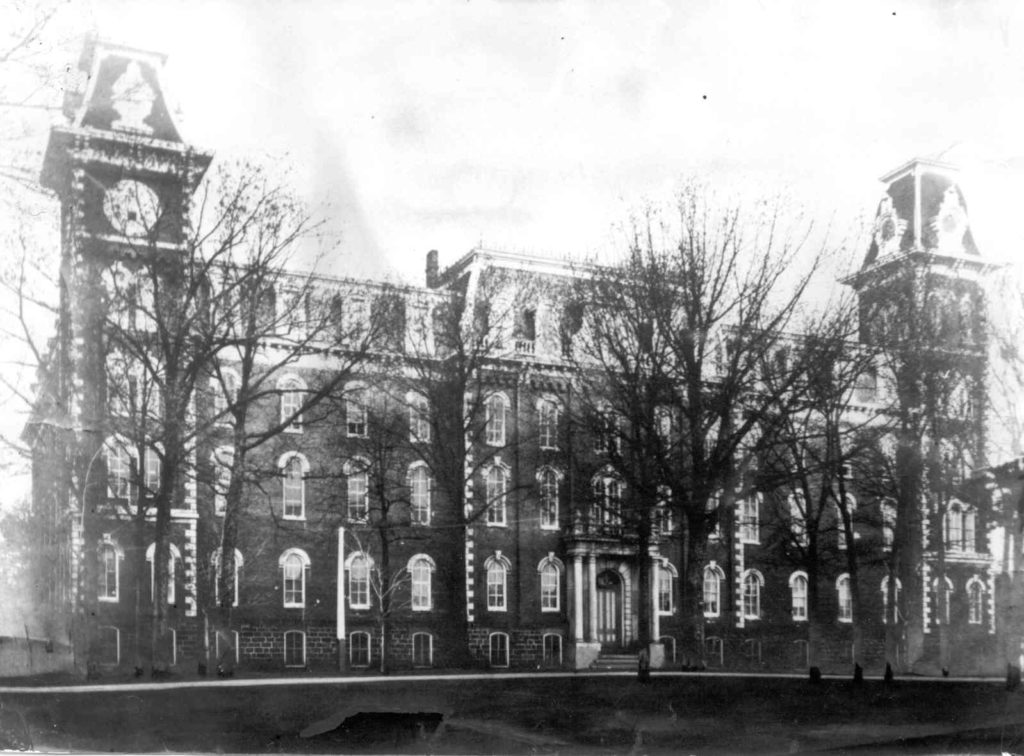
It was a time of tremendous intellectual growth and personal challenge for these 70 women trailblazers as they made their stake on campus. The challenges they faced and hurdles they were forced to overcome made it apparent they would need to create space for community among women.
Mr. and Mrs. Vincenheller moved to Fayetteville to allow their children to have a college education, and when they arrived there was no dormitory for women, so the Vincenhellers took it upon themselves to house their daughter Jean and other female students, one of whom was Ina May Boles. The lack of university housing for women was just a small peek into the inequalities that existed at the time between men and women on campuses and in society at large.
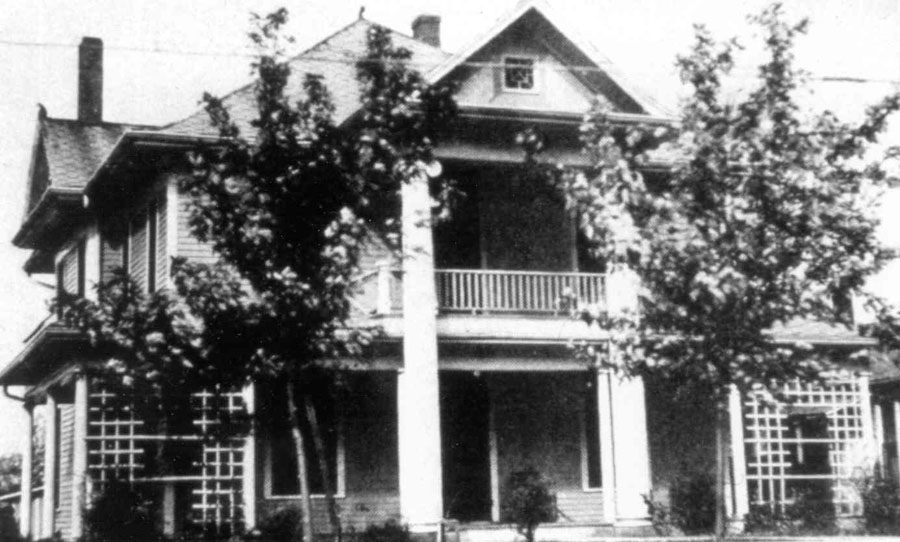
Jean Vincenheller and Jobelle Holcombe were good friends, and their homes were quite close to one another, allowing them to easily spend a lot of time together. In 1895 it was common for friends to gather on Sundays in their homes for popcorn, piano playing, and singing. At the time, this was usually one of the only socially acceptable opportunities for men and women to mingle with one another.
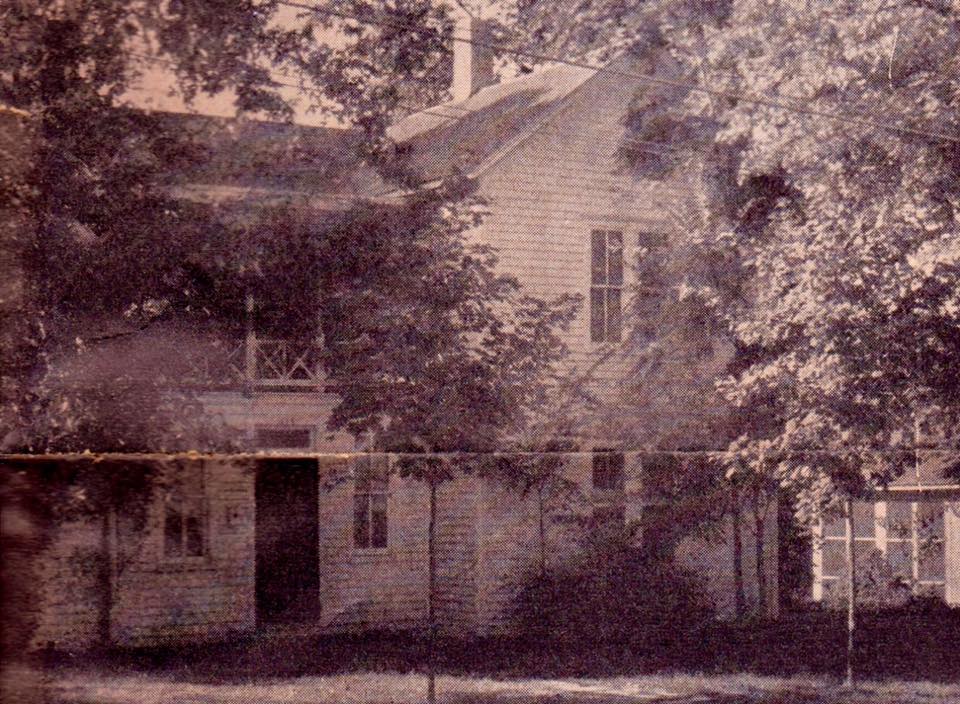
Dr. Richardson, a prominent local dentist and a Kappa Sigma, was one of the men who made a social call on Sunday afternoons to the Vincenheller home. He is credited with starting the Greek system at the University of Arkansas and instrumental in the founding of the Kappa Sigma, Sigma Alpha Epsilon, and Kappa Alpha chapters on campus.
During their time in class, walking on campus, and attending these Sunday gatherings, Ina May, Jobelle, and Jean saw that the men were creating clubs and secrets that the women were not allowed to be a part of. They decided they wanted to create a group of their own, and they chose the experienced Dr. Richardson to help them.
In the beginning, the women, wearing olive and crushed plum ribbons, pretended to have a secret society before establishing any real secrets.
Jean and Jobelle selected the olive and crushed plum ribbon to wear because, “They were the ugliest colors we found,” said Jobelle, “and when we tied them together in little bows and pinned them on our blouses, they were really very pretty! So, our little group organized and teased the boys, not letting them wear our colors on their lapels because they were very sacred. That went on for several months.”
Then, with a nudge of encouragement from Dr. Richardson, they began more seriously discussing what they wanted out of an organization. The three women talked, laughed, and made plans for their own version of what the men had created.
They cut out Greek letters, put them on the floor, and after some careful consideration decided they liked Chi and Omega together. For the badge, they knew they wanted a monogram, and they were pleased with how these two letters would fit with one another perfectly.
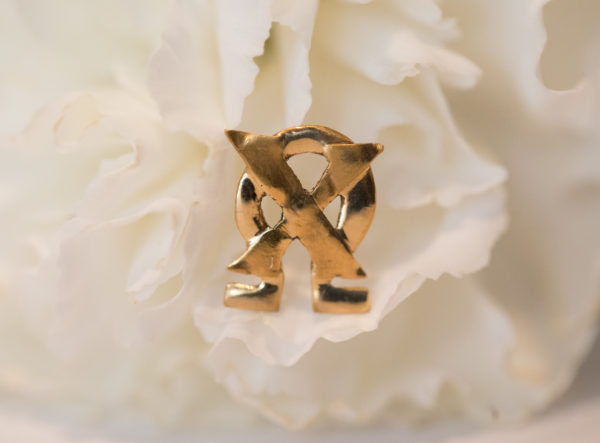
Dr. Richardson, with his robust experience in chartering new Greek organizations, went to work on a Constitution and Ritual for the women. He even hammered the forever celebrated, original badge out of dental gold from his office. After showing it to them, a wave of approval swept over the room.
Jobelle said, “…when we looked upon that pin, our hearts then opened up to Chi Omega. Even though we were very young, we must have realized something about the spirit of fraternity…”
Early members took turns wearing the one Chi Omega badge in rotation, limiting each possession to just one week at a time.
During their planning, although not recorded whether it was before or after the April 5, 1895, Founding date, they made the decision to seek out Allie Simonds to join them as a Founder of Chi Omega. They knew her maturity as an older student would serve them well in their endeavors to create something so unique.
Jobelle met with Allie on one of the staircases of the Old Main building at the University to share everything they’d been working on. After telling Allie about the Constitution and the Ritual, Jobelle invited her to be a Founder of Chi Omega. Allie answered with tears and Jobelle comforted her with her own tears of excitement. Ina May and Jean, who were said to be hiding below the stairs joined the two in what they would later claim as their “first ever rush party.” Allie’s maturity would serve the organization well as she would go on to become one of Chi Omega’s earliest chapters presidents a couple years later.
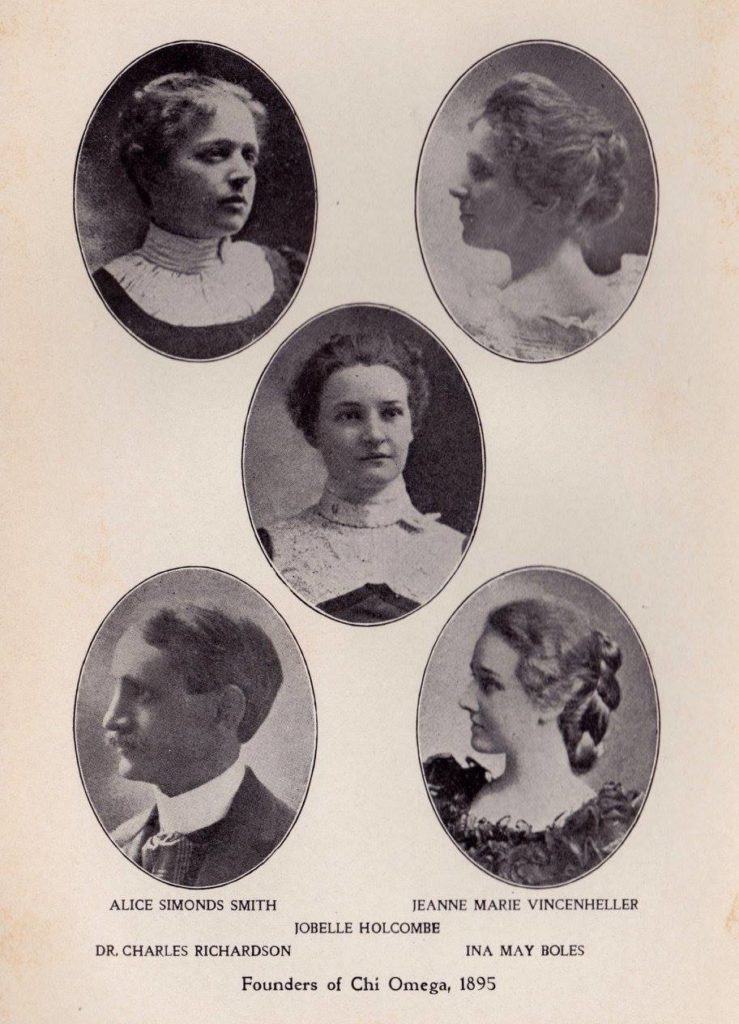
With the basic plans for the organization complete, on the evening of April 5, 1895, Dr. Richardson met the Founders in the parlor of Jobelle Holcombe’s home, read to them what he had prepared, and explained the methods of procedure. They adopted the plan, signed the Constitution, and Chi Omega was born.
With the Founding date established and all five Founders on board, the four women would work together to edit and purposefully perfect the Constitution and Ritual that Dr. Richardson had helped them craft.
During these first meetings the Founders formally adopted the Constitution and Ritual into practice, chose Psi as the name of the first chapter, decided upon the white carnation, the owl, the skull and crossbones, and cardinal and straw to represent our secret Ritual, and selected several other women to become members.
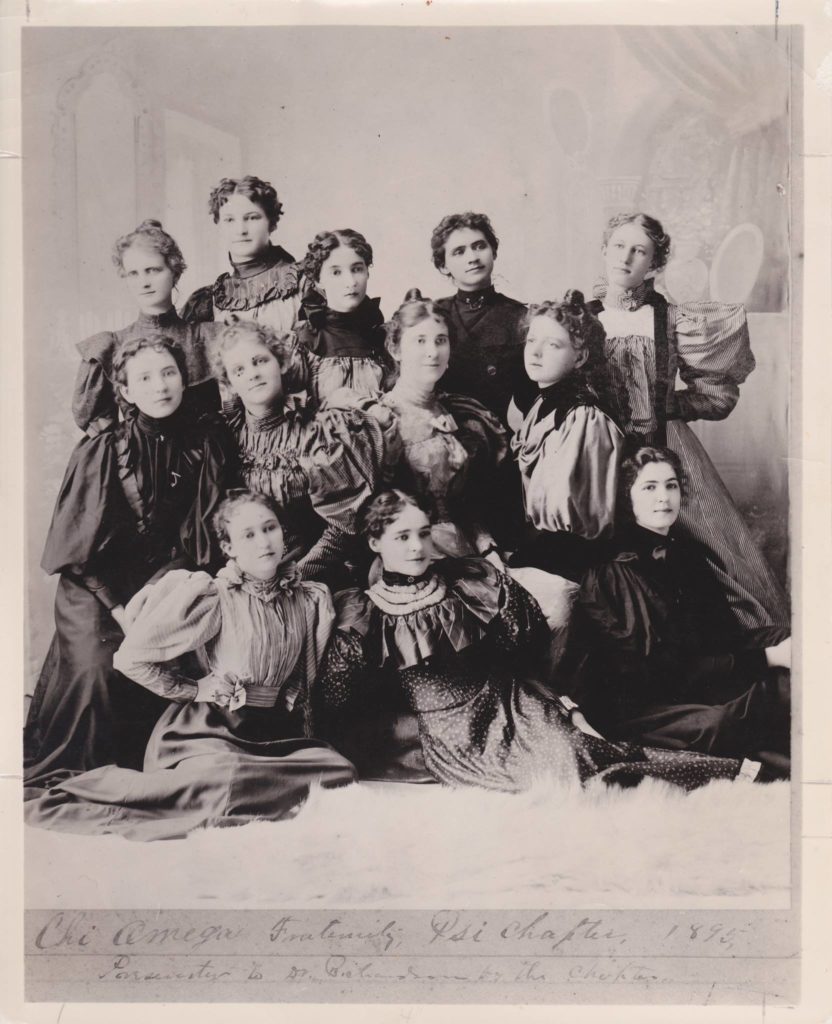
When deciding who would fill each position, the Founders are said to have pulled names out of a hat! This resulted in Jobelle as G.H., Allie as G.T.B., Ina May as G.N.V., and Jean as G.K.A. & G.M.
The next ten women who joined Jobelle, Jean, Ina May, and Allie, would make the 14 original charter members. During the next several weeks, the ten women would be initiated, although none of the original Founders were initiated while in school. Only Jobelle and Jean would go on to be initiated decades later.
Today, 125 years later, Chi Omega is the largest women’s fraternal organization in the world.
Since its beginning, Chi Omega has been a catalyst through which we cultivate a lifetime of purpose. When we think back to our Sisters Jobelle, Jean, Ina May, and Allie sitting with Dr. Richardson as they dream up what they wanted for Chi Omega, we can’t help but imagine how our dreams of today will actualize 125 years from now and we too will contribute to the ever-growing story of Chi Omega.
